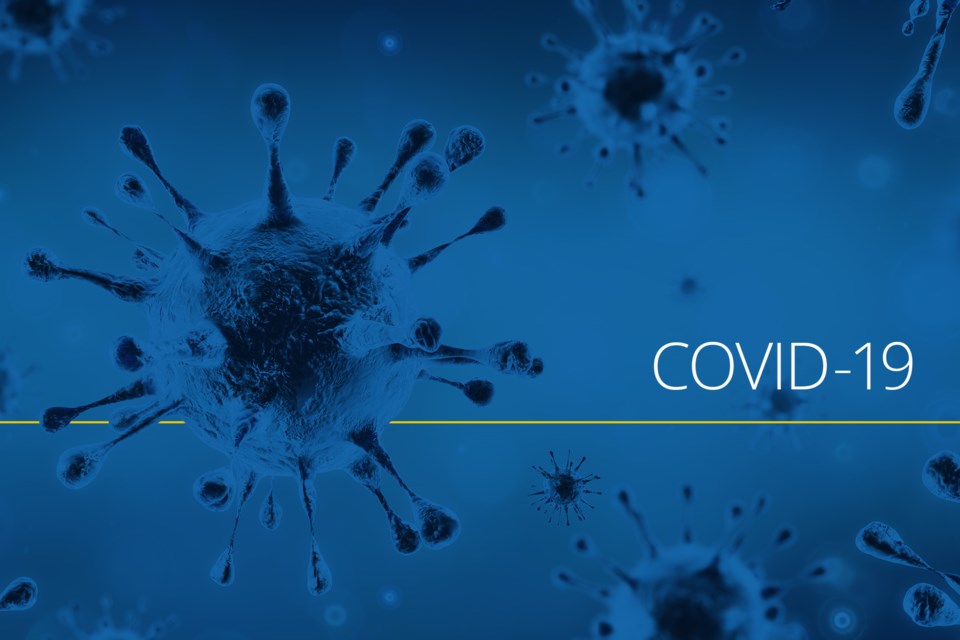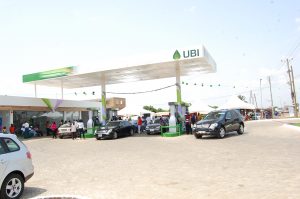
The coronavirus pandemic has had both economic and health care-related effects on the U.S.
The Centers for Disease Control and Prevention (CDC)’s Social Vulnerability Index (SVI) used U.S. Census Data to calculate which communities in the U.S. are particularly vulnerable when it comes to preparing for hazards, recovering from disaster, and other external stresses on human health. Factors include socioeconomic status, housing composition and disability, minority status and language, and housing type and transportation.

“What we’re seeing with coronavirus is it’s really exposing a range of longstanding underlying disparities in health care access, in health care outcomes, as well as in social and economic factors across communities,” Samantha Artiga, director of the Disparities Policy Project at the Kaiser Family Foundation, told Yahoo Finance.
And as U.S. states start re-opening amid the outbreak, the SVI data could provide extra context to issues like costs of coronavirus treatment, coverage gaps (particularly in rural areas), and how minorities are being disproportionately affected by the virus compared to their white counterparts.

Why the South is vulnerable
The coronavirus has swept its way across the U.S. since the first confirmed case was reported in the country on January 20, 2020.
Since then, nearly 1 million Americans have been confirmed to have the coronavirus, making the U.S. the global leader in case count. Worldwide, there are over 2.8 million cases.
At this point, a majority of states have implemented stay-at-home orders to try to contain the spread of the virus and limit travel to only essential tasks. Nevertheless, some parts of the country have significantly been hit harder than others in terms of coronavirus cases.
“If you look regionally across the country, particularly in the South, there are higher rates of chronic conditions,” Artiga said. “And there’s more limited access to health insurance coverage because a number of states in the South haven’t adopted the Affordable Care Act Medicaid expansion.”
Although New York City is the national epicenter of the coronavirus, other U.S. hot spots include New Orleans, the greater Houston area, and the greater Atlanta area, and parts of Florida. Louisiana did adopt and implement Medicaid expansion, but the other three states did not.
‘An individual’s health is reflective of an array of different factors’
Race is another factor at play.
Majority-black counties are three times more likely to have coronavirus cases and have almost six times the death rate as white-majority counties. In Louisiana, in particular, 70% of more than 1,600 coronavirus fatalities are African Americans, even though they are just 32% of the state’s population.
